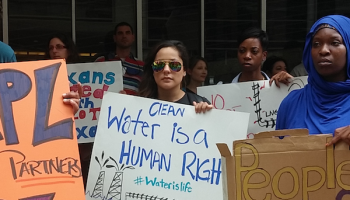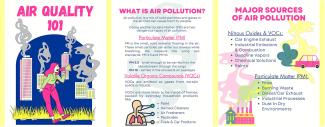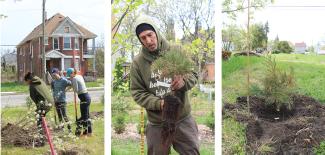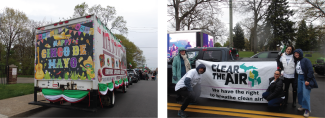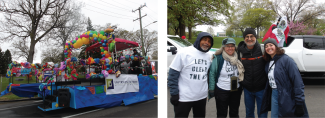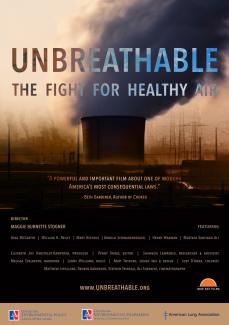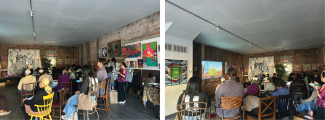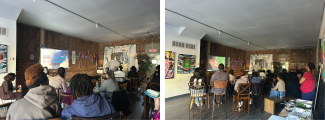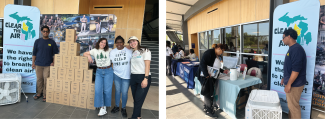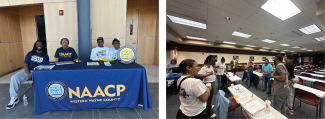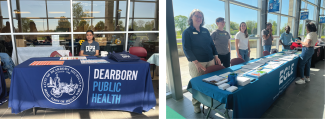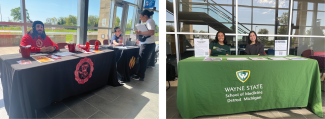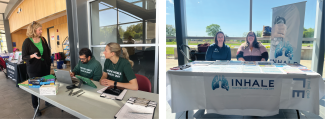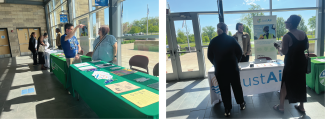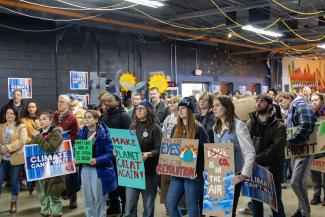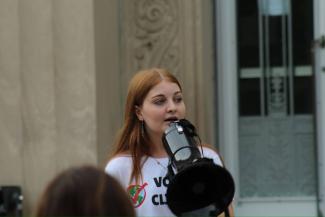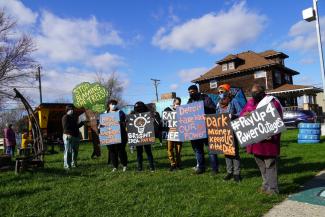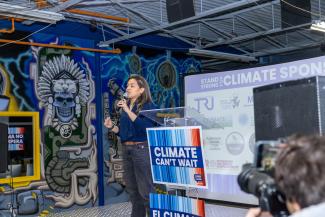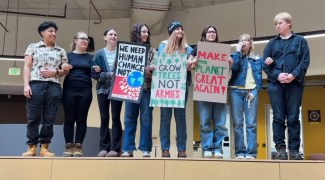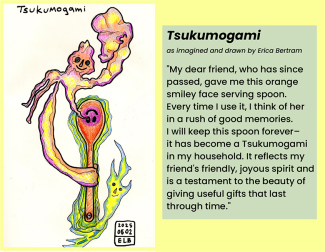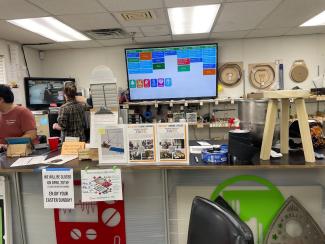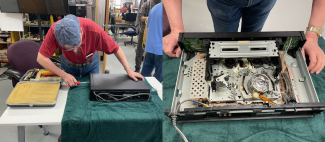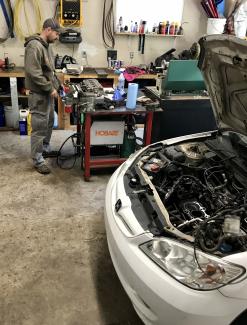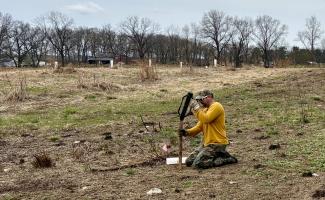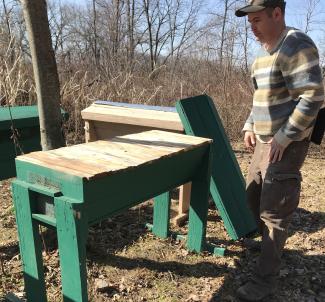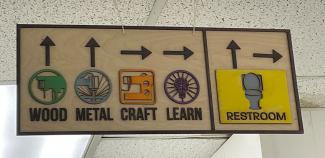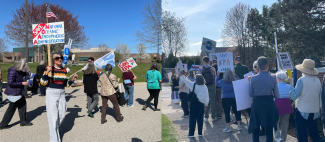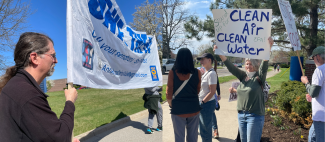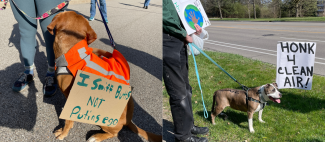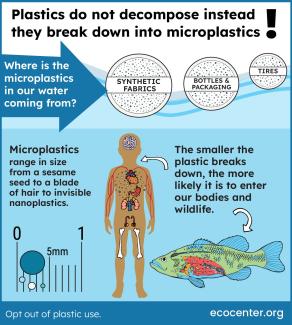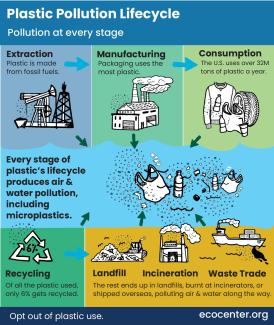Trees Help Clear the Air
By Andrea Jacoby, Ecology Center Summer 2025 Fellow
For Clear the Air's Air Quality Awareness Week, May 3-10, the Ecology Center partnered with Arboretum Detroit. They got to work in East Detroit, planting new trees that will help keep members of the local community breathing fresh, clean air. These trees are part of Arboretum Detroit‘s ongoing mission to cultivate a world-class arboretum in downtown Detroit, repurposing vacant lots that would otherwise sit empty.
Arboretum Detroit‘s tree-planting efforts are one way to mitigate the environmental damage of the past decades. “Trees are important to air quality, and this is a community that is impacted by a lot of things that influence and cause poor air,” says Kathryn Savoie, the Director of Equity and Environmental Justice here at the Ecology Center.

Traffic and heavy industry take substantial tolls on air quality for urban residents, which means that planting trees is an essential step in improving air quality for Detroiters. Pollutants in the air can create serious health consequences. “There are different standards that are measured on a state level. Particulate matter (PM) comes in two different sizes. There is particulate matter 2.5, which is a very fine, small particulate matter. And then there's PM 10, which is a little bit bigger,” explains Salam Beydoun, the Environmental Justice Organizer at the Ecology Center. “The really dangerous kind of PM is the really, really small one, the 2.5, which actually is so small it gets into our bloodstream, it can cause bronchitis, it can cause COPD, it can cause asthma, as we see a lot of the population has. And so, a lot of this is environmental. What people breathe affects how they live, ultimately. People might think that asthma is purely hereditary or genetic. Still, it can be from your environment as well, which is what we see, especially for folks living in the shadows of industries who are polluting their air.”

“There's a hazardous waste trafficking and processing facility to our west. There's a giant scrap yard, the intersection of two major interstate freeways, and the legacy of the trash incinerator. We lived here for 30 years, with the trash incinerator cooking and blowing fumes our way. A lot of things that we couldn't see and smell and things that we could smell. And it was terrible,” recalls Birch Kemp, the founder and co-director of Arboretum Detroit.
The incinerator, which the Ecology Center helped to get shut down in 2019, burned over 5,000 pounds of garbage per day – nearly 55 million pounds over its 30-year lifespan. The hazardous waste facility and the highways continue to pollute the surrounding areas: highway traffic produces many different kinds of air pollution that can affect people's health, and the hazardous waste facility was recently fined by the Michigan Department of Environment, Great Lakes, and Energy (EGLE) for some of its environmental violations.
Organizations like Arboretum Detroit promote tree-planting as a way to mitigate some of the harm caused by sources of environmental damage. Trees and bushes can capture over 50% of the particulate matter from polluted air, trapping harmful particles so the community doesn't inhale it as dust. People living in areas especially affected by air pollution can see the benefits of events like May's tree planting immediately.
“There's past pollution; there's present pollution from the freeway. And, while the incinerator is gone, it's still left contaminants in the soil. So we need to keep planting things that are going to pull it out,” says Cornwall Corridor Community Project president and Arboretum Detroit Volunteer Charon Nogues. While cleaning the air, the trees also capture pollutants in soil and water, as Nogues alludes, thereby improving the condition of Detroit's other natural resources at the same time.
Planting with Arboretum Detroit gives volunteers a sense of contributing to something bigger – sometimes much bigger. Having first heard about Arboretum Detroit's work on the radio and becoming instantly interested in preserving the giant sequoias while greening Detroit and cleaning the air, Charon stated, “I would say the most enjoyable part of doing this is to be a part of it all, it's exciting.”
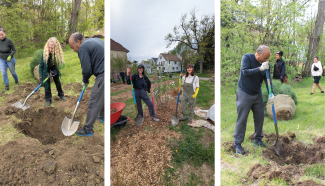
For Kemp, this project also serves as a source of catharsis during difficult times. “This work is so important to me because, like any conscious, rational person, I think I'm filled with ecological grief in this, in this moment, you know, climate change, global warming, all kinds of abuses to the earth,” he says. “Planting trees allows me to be in a hopeful moment and a hopeful projection into a healthier future. And, to deal with that, to be with other people who feel the same and want to connect with the earth instead of just hearing the terrible news all the time. So even though it's a small thing, 700 trees is not a lot of trees, but it's 700 more trees than were here five years ago.”
Once these green spaces are available, they offer the surrounding community an opportunity to engage in activities such as taking yoga classes outdoors, learning, playing, and simply being in nature. Spending time in nature has proven benefits for individuals‘ “psychological well-being, cognitive, physiological, social, spiritual, and tangible material goods (such as food.)”
“The thing I like most about this kind of event is just people coming out together, meeting new people, and getting involved and making a difference in our community. You know, everybody cares and wants clean air. People want trees because they help improve our community and make it more pleasant to live in. And so it has multiple benefits, to come together and [build] community like this,” says Savoie. “I'm really happy to be out here today planting trees with other people and meeting new friends and getting people involved in caring for our community.”
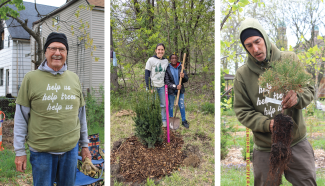
You can get involved with Arboretum Detroit by visiting their website to find ways to volunteer and support their work. Or, if you aren't local to Detroit or SE Michigan, ask around in your communities for opportunities to plant more trees, be it your yard, your neighborhood, or your local parks. As the slogan used by Arboretum Detroit says, “Help us, help trees, help us.” Remember that we are all connected and mutually need each other and our trees to thrive. You can also get involved with protecting our right to breathe clean air by visiting the Clear the Air website. And, of course, the Ecology Center thanks you for your continued support as we fight for a just and healthy future for people and the planet.
